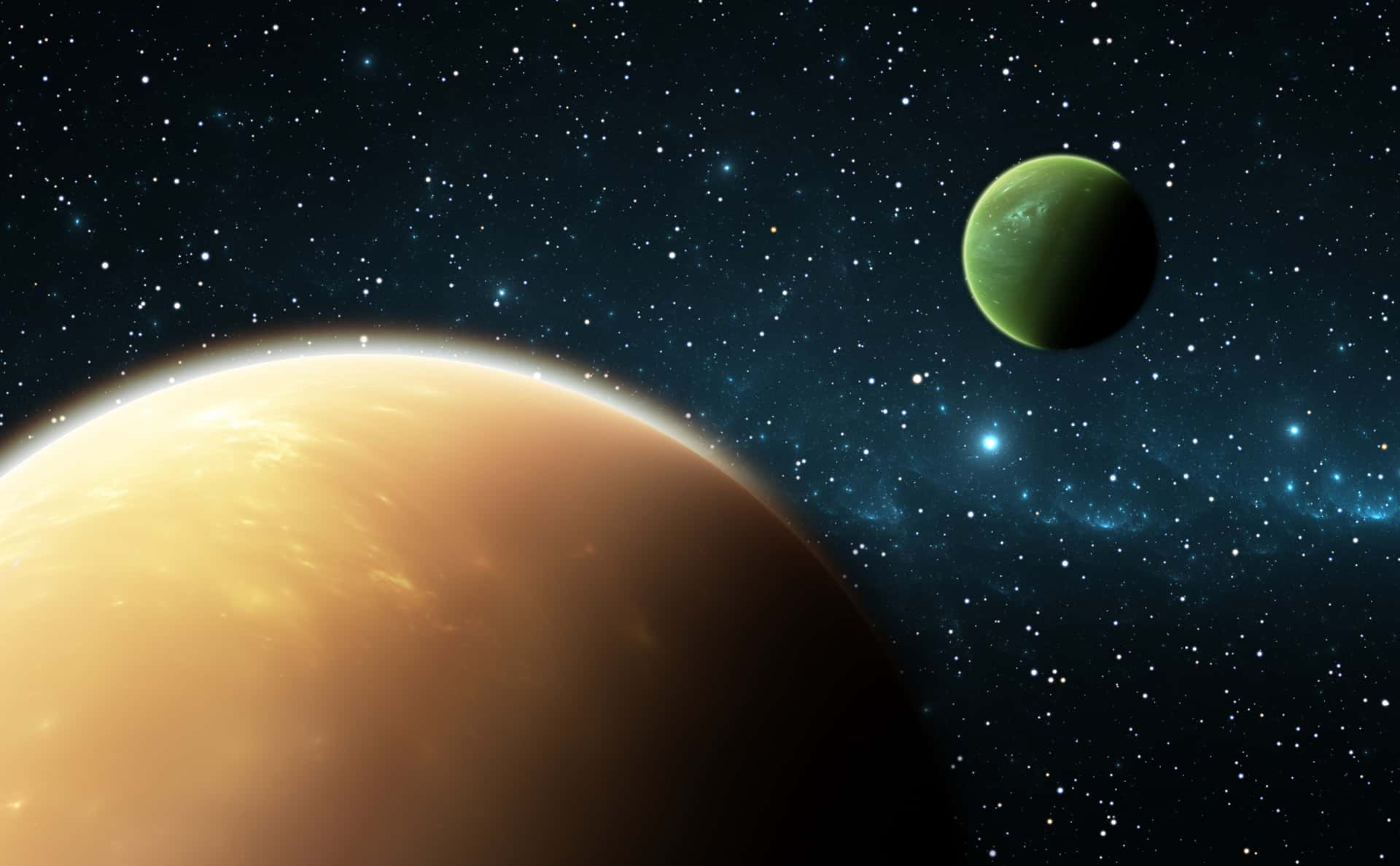The Max Planck Institute for Solar System Research’s findings, based on an extensive analysis using a specialized algorithm called “Pandora,” challenge the accuracy of the alleged detections and raise significant hurdles in identifying these distant celestial bodies.

Researchers from the Max Planck Institute for Solar System Research have cast doubt on the recent claims of discovering exomoons orbiting planets beyond our solar system
Since the emergence of exoplanet discoveries over the last three decades, scientists have strived to detect exomoons, but the task has proven immensely challenging. While initial excitement arose in 2018 with the proposed sighting of an exomoon around Kepler-1625 b, followed by another potential discovery around Kepler-1708 b in 2022, the Max Planck Institute for Solar System Researchers’ analyses suggest otherwise.
René Heller, leading the Max Planck Institute for Solar System Research team, emphasized the limitations of current technology, stating, “Exomoons are so far away that we cannot see them directly, even with the most powerful modern telescopes.” The Max Planck Institute for Solar System Research’s scrutiny of the data related to Kepler-1708 b unveiled possibilities where an exomoon might not account for the observed phenomena.
Michael Hippke, co-author of the study, highlighted a factor called “stellar limb darkening” that might have misled observations related to Kepler-1625 b, offering a more plausible explanation than the presence of an exomoon
Moreover, the researchers’ assessment using Pandora unveiled a discouraging revelation for exomoon hunters. Only exceptionally large moons, approximately twice the size of Ganymede, the largest moon in our solar system, in wide orbits around their planets, might be detectable with existing technology.
This study from the Max Planck Institute for Solar System Research indicates that the identification of exomoons remains an intricate and elusive pursuit, potentially even more challenging than previously assumed, given the stringent criteria for detectability.
READ ALSO: Sun Solar Flares Unlock Secrets Of Distant ‘Superflares’ From Bright Stars, Scientists Reveal




